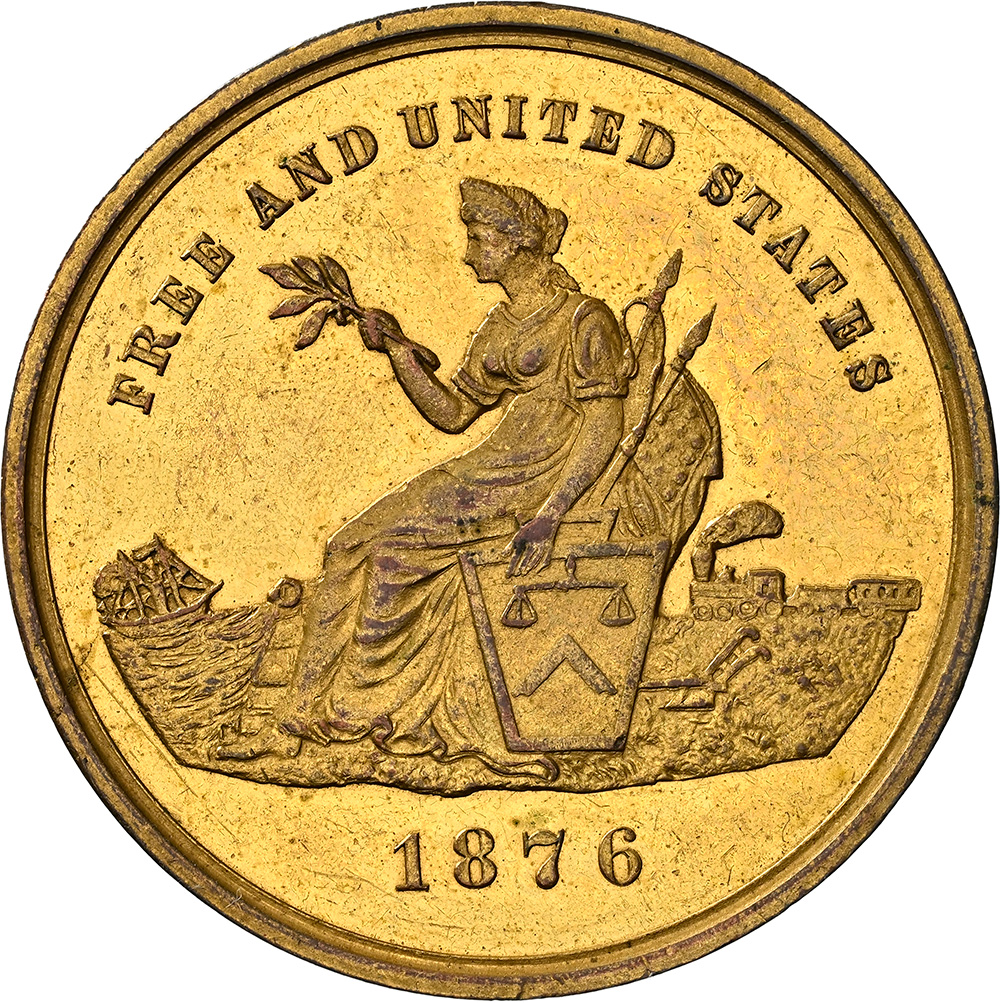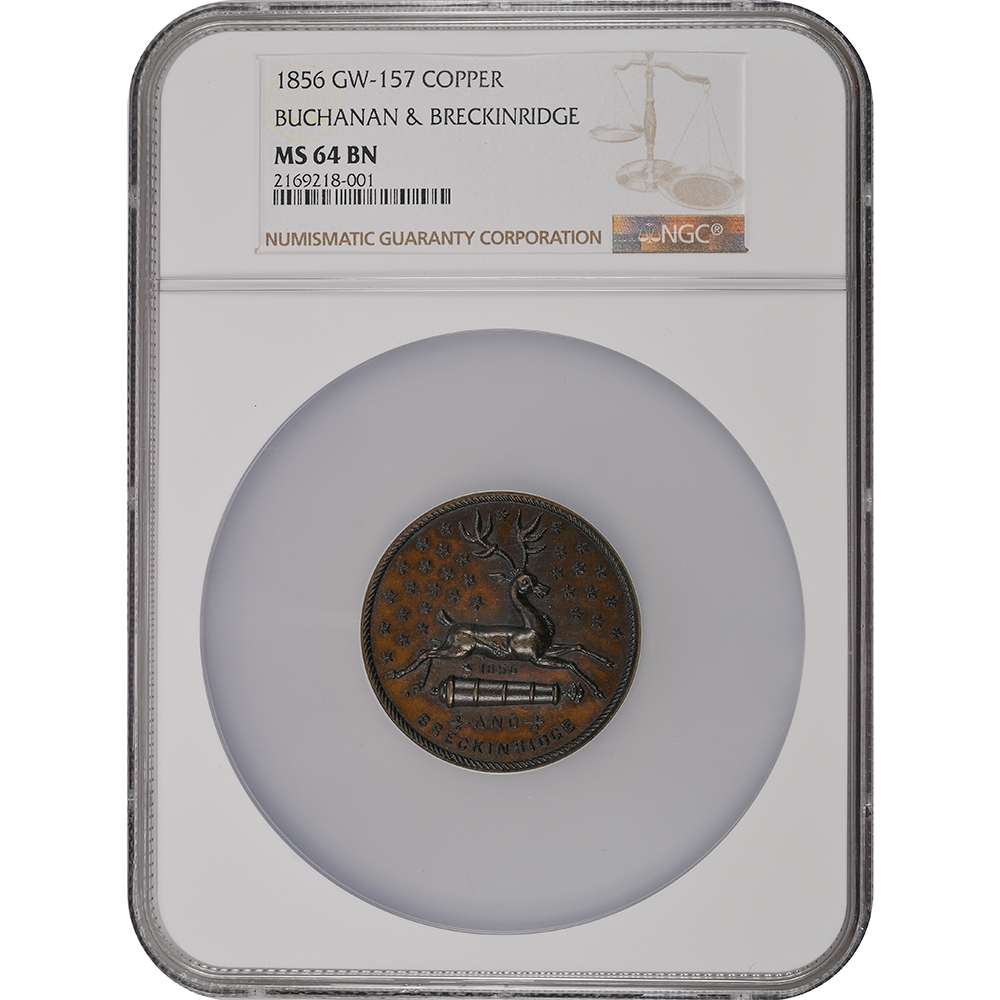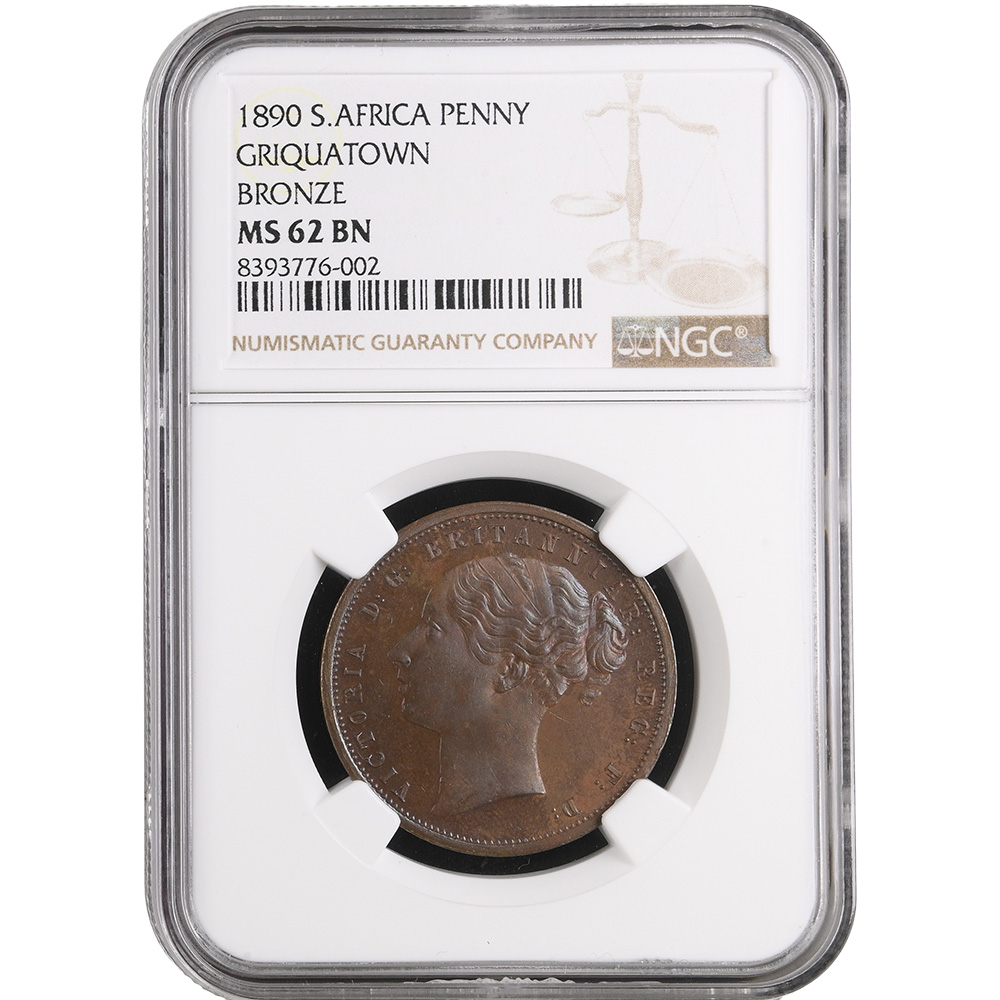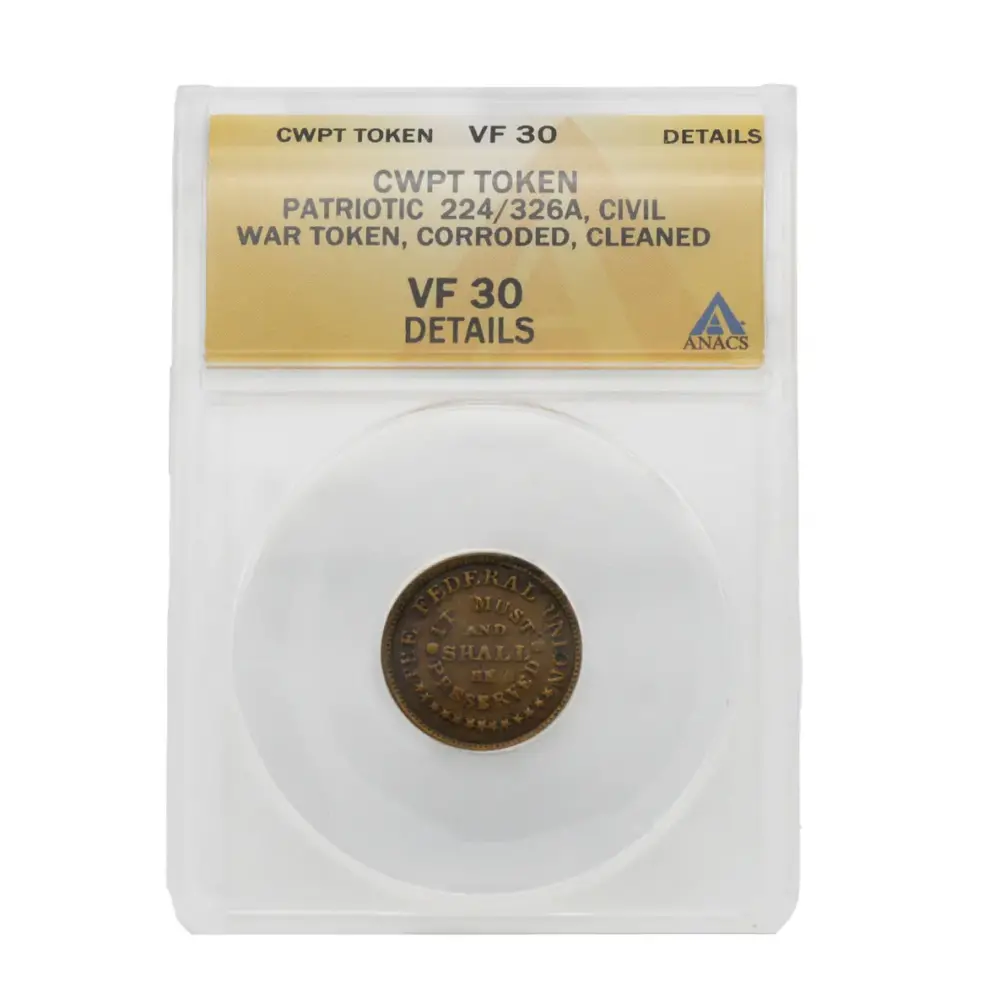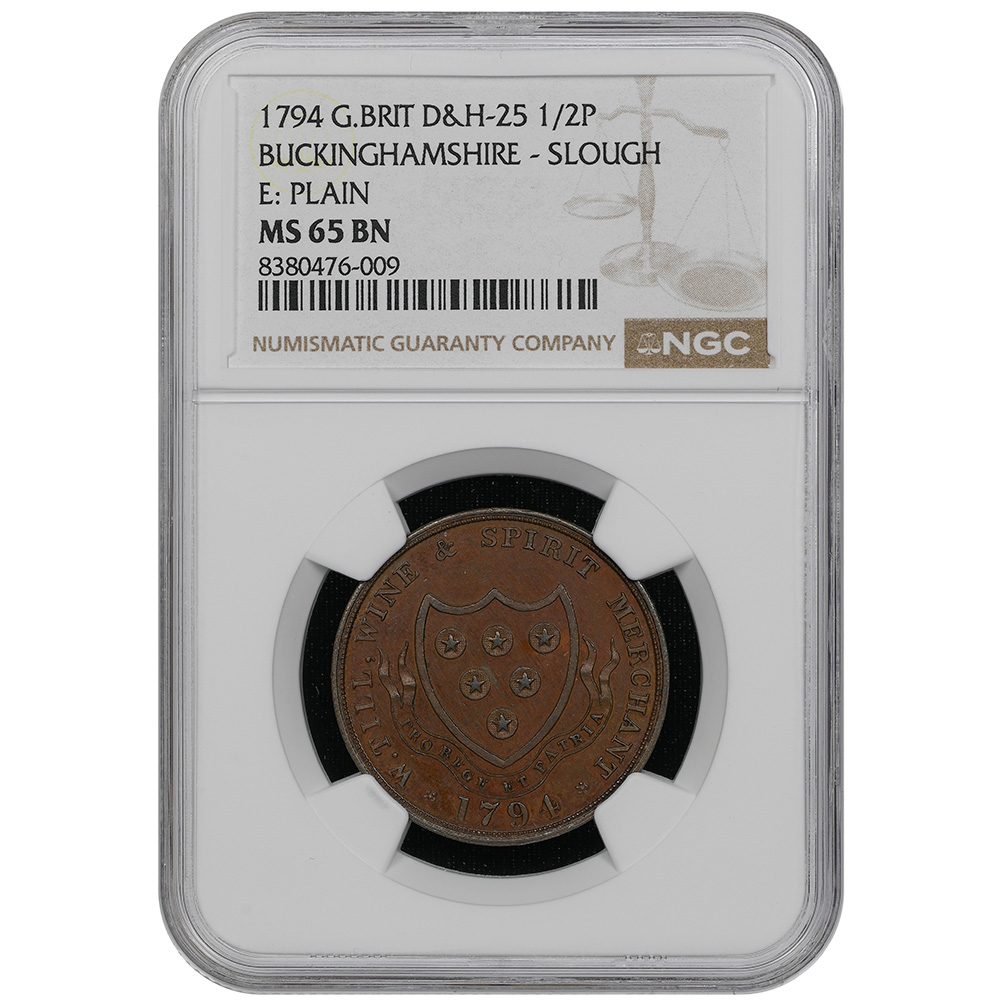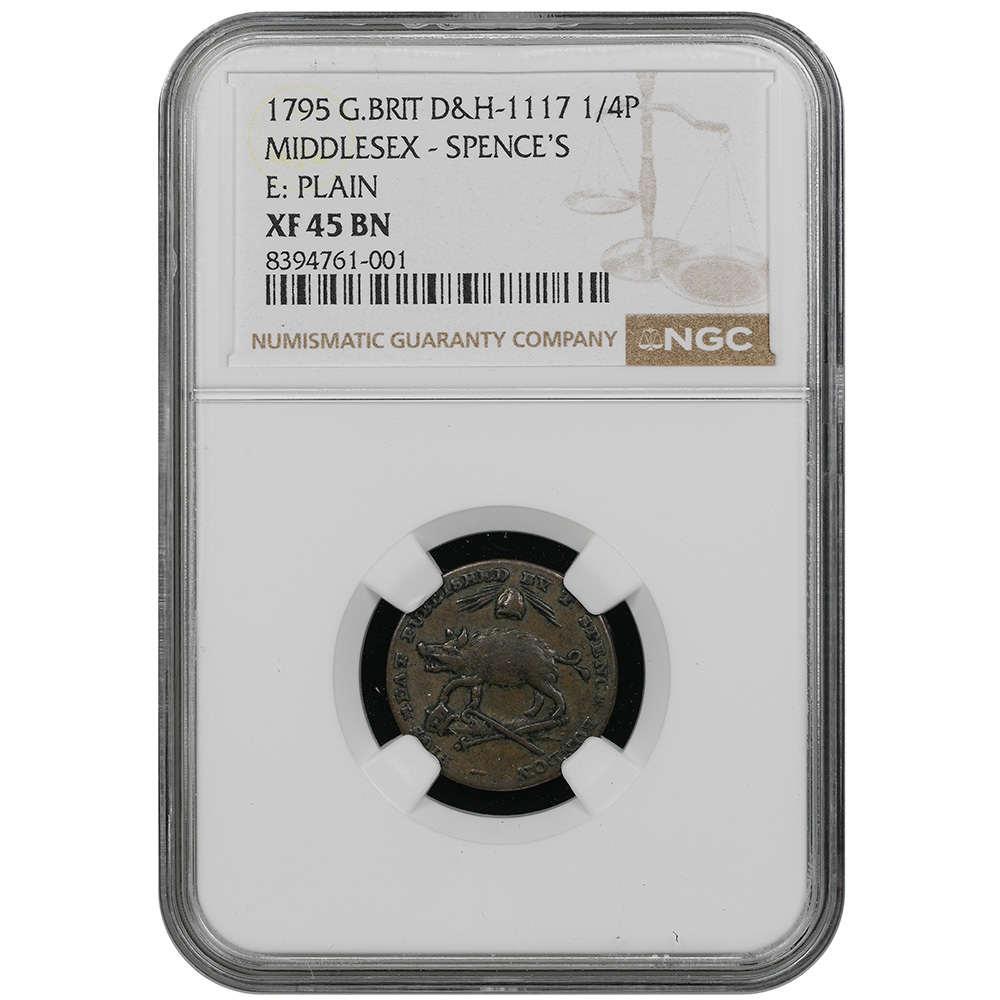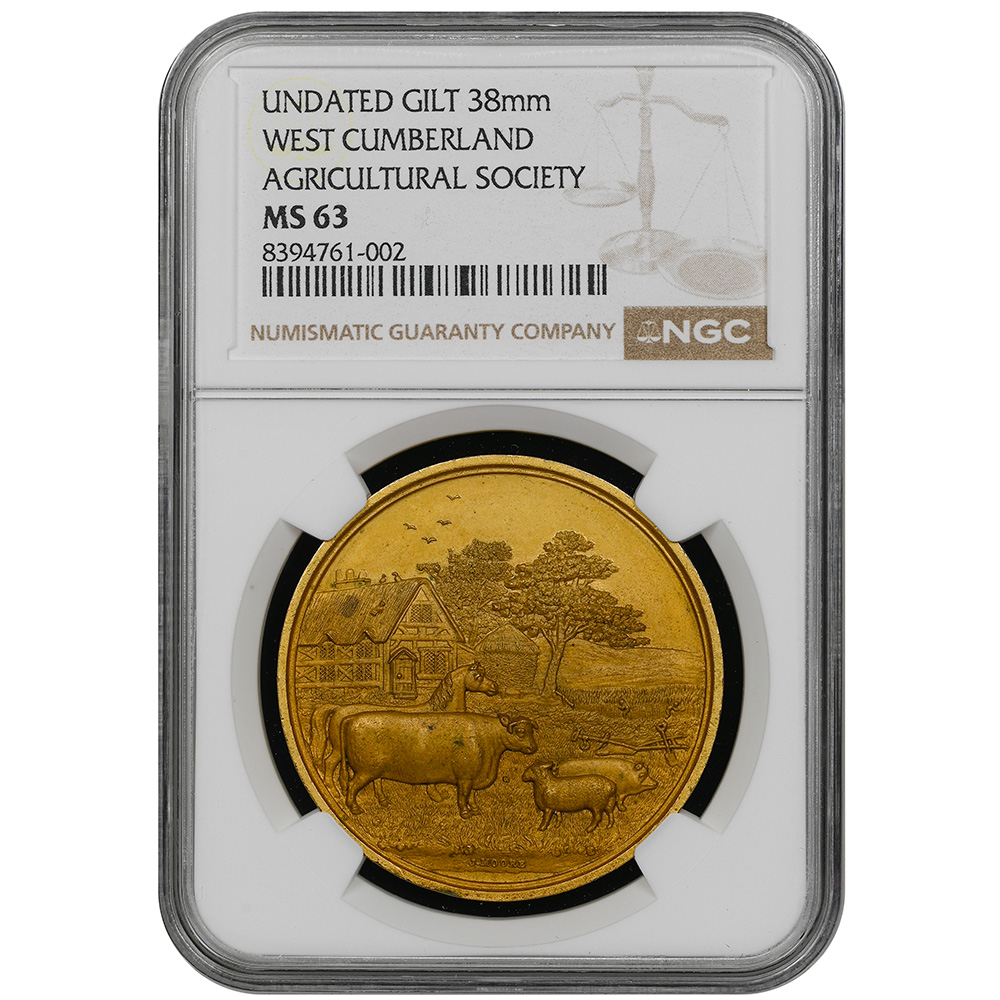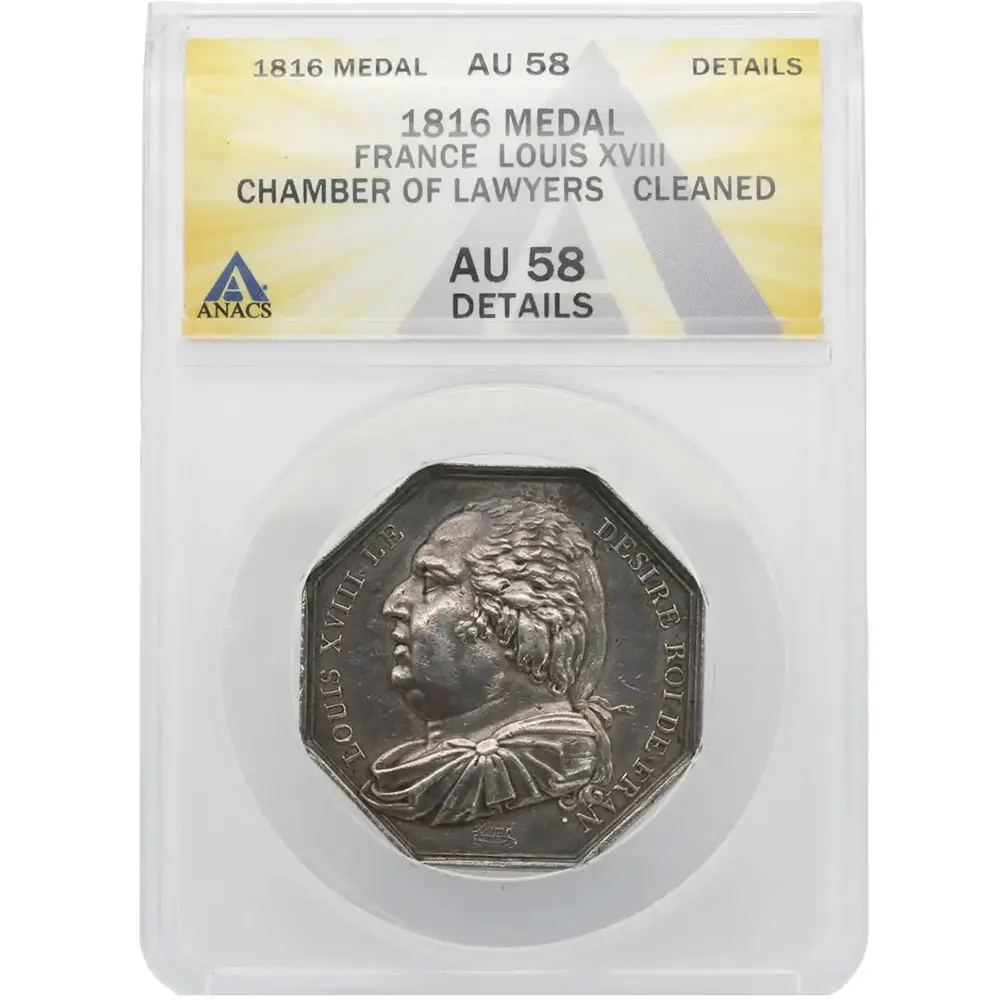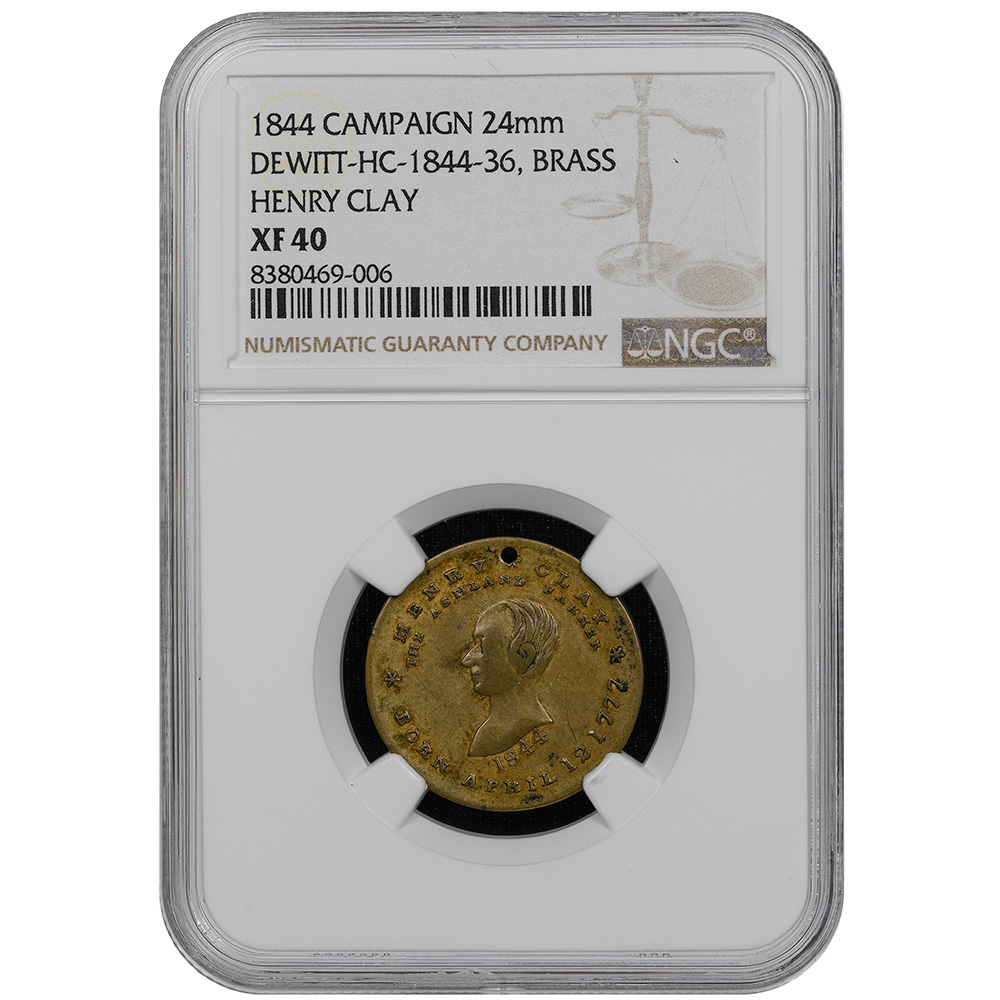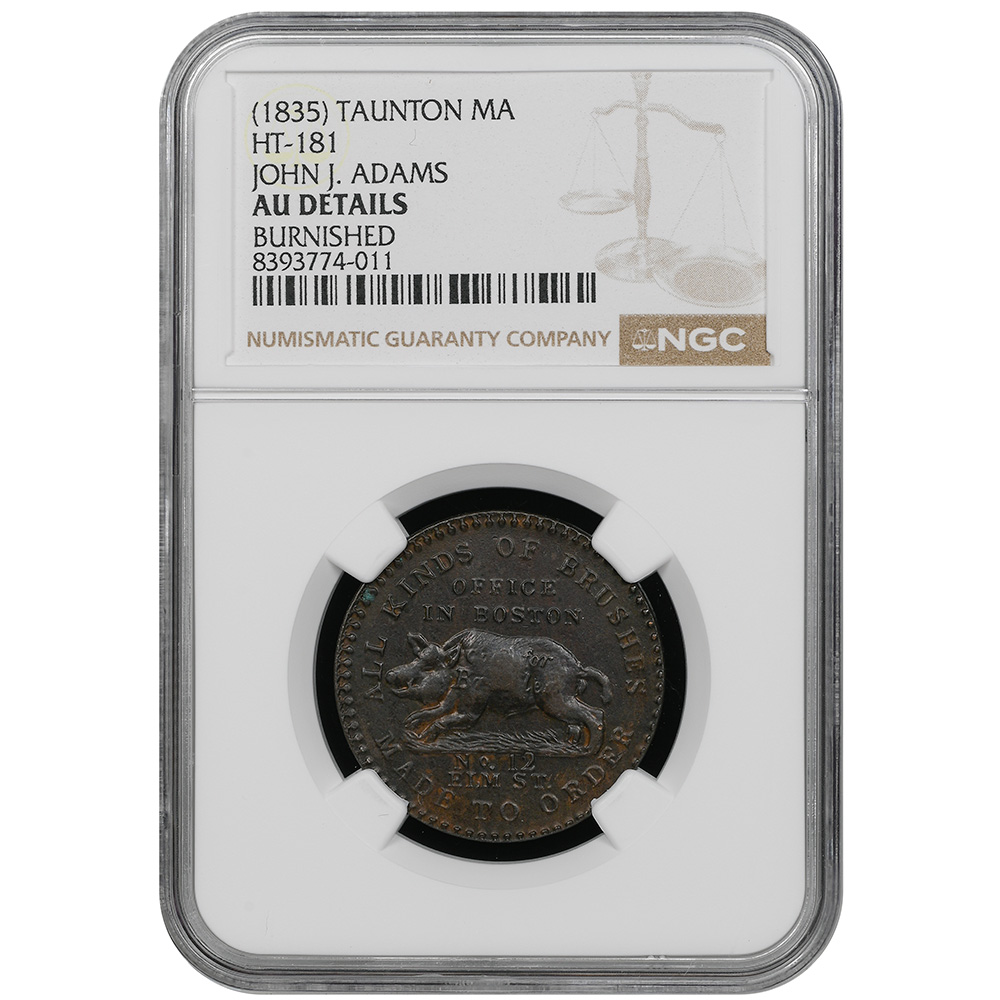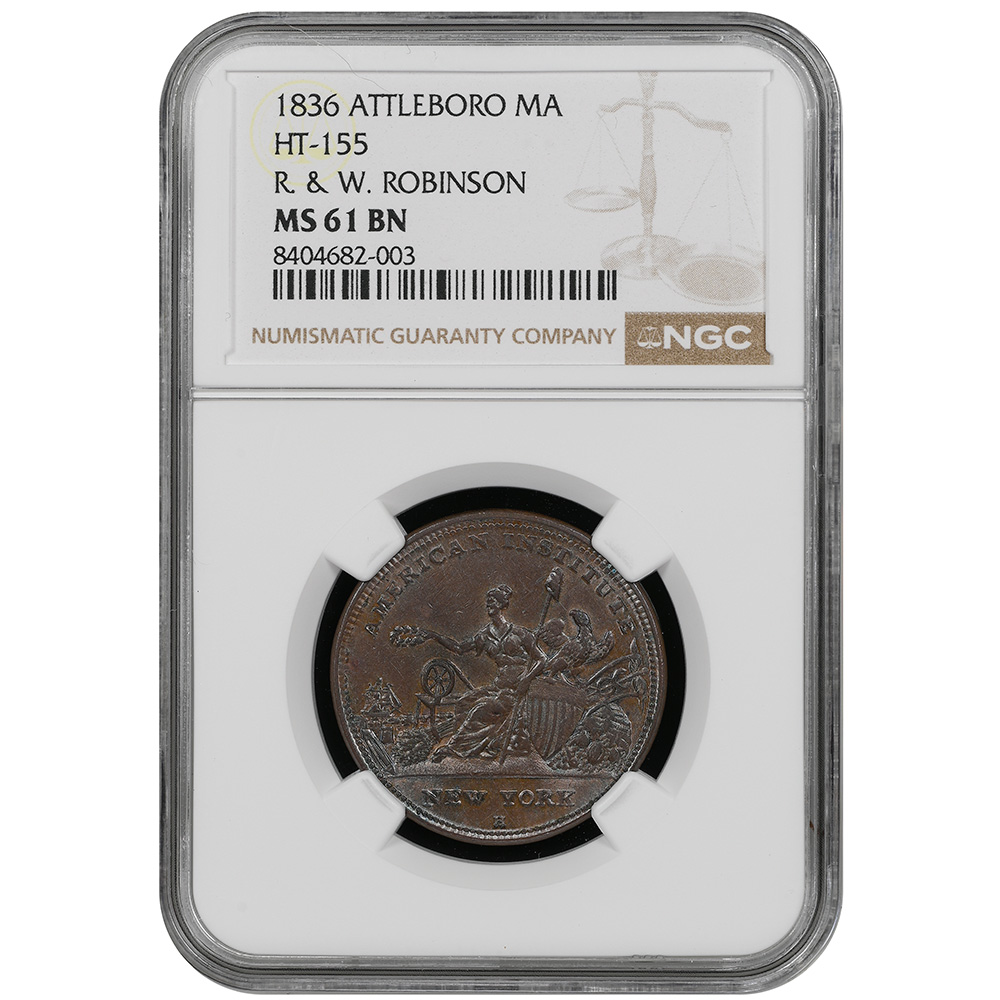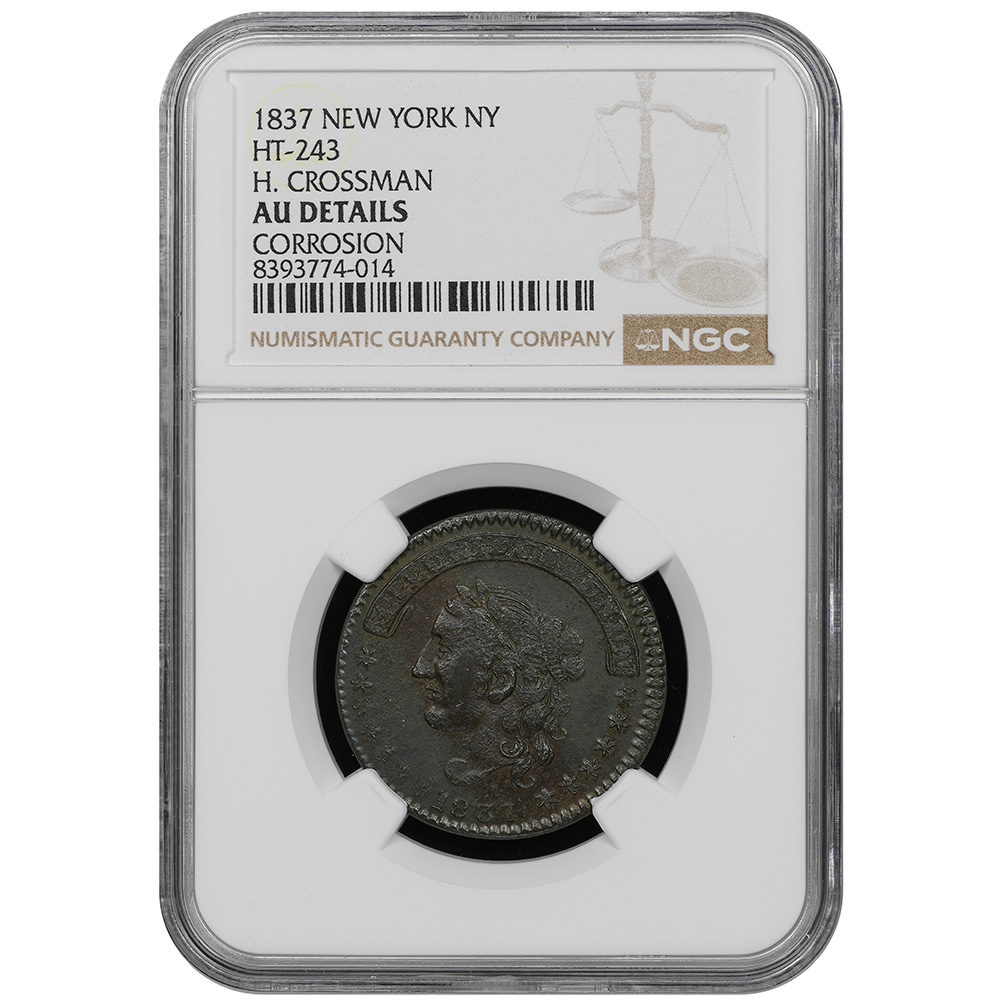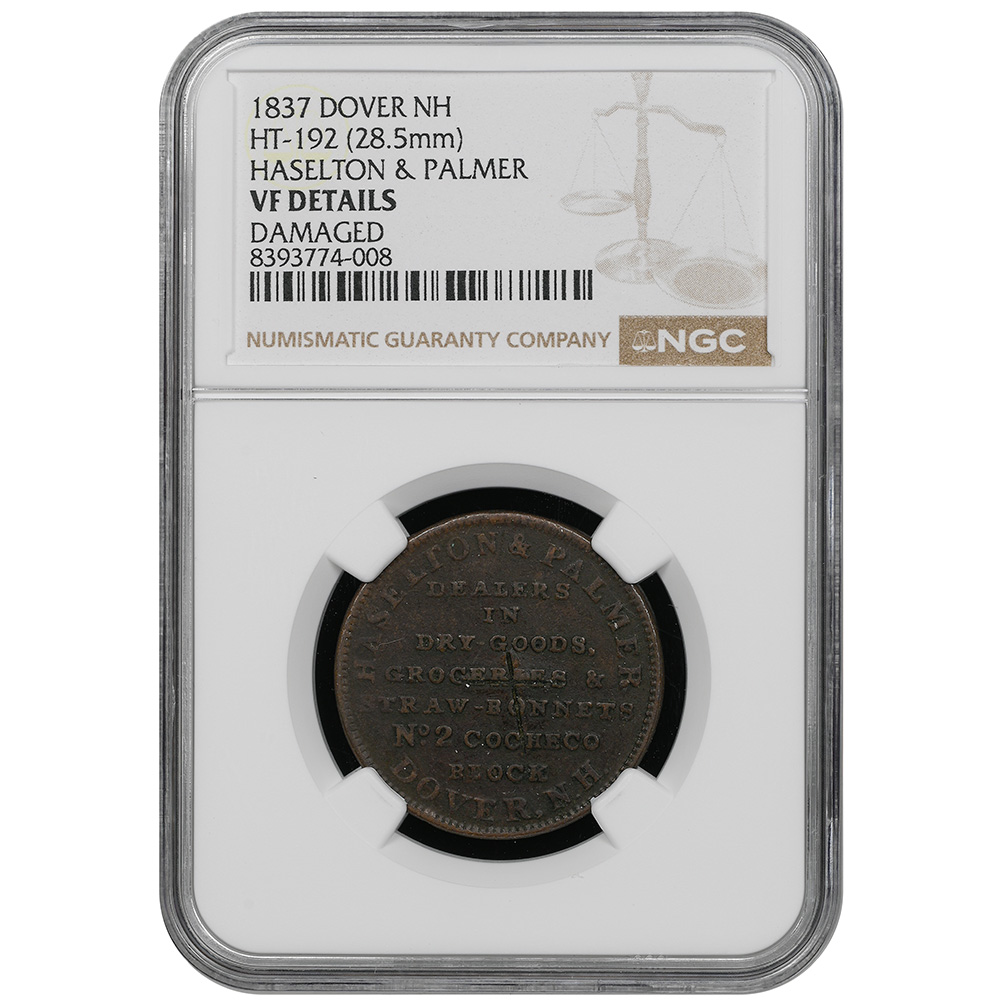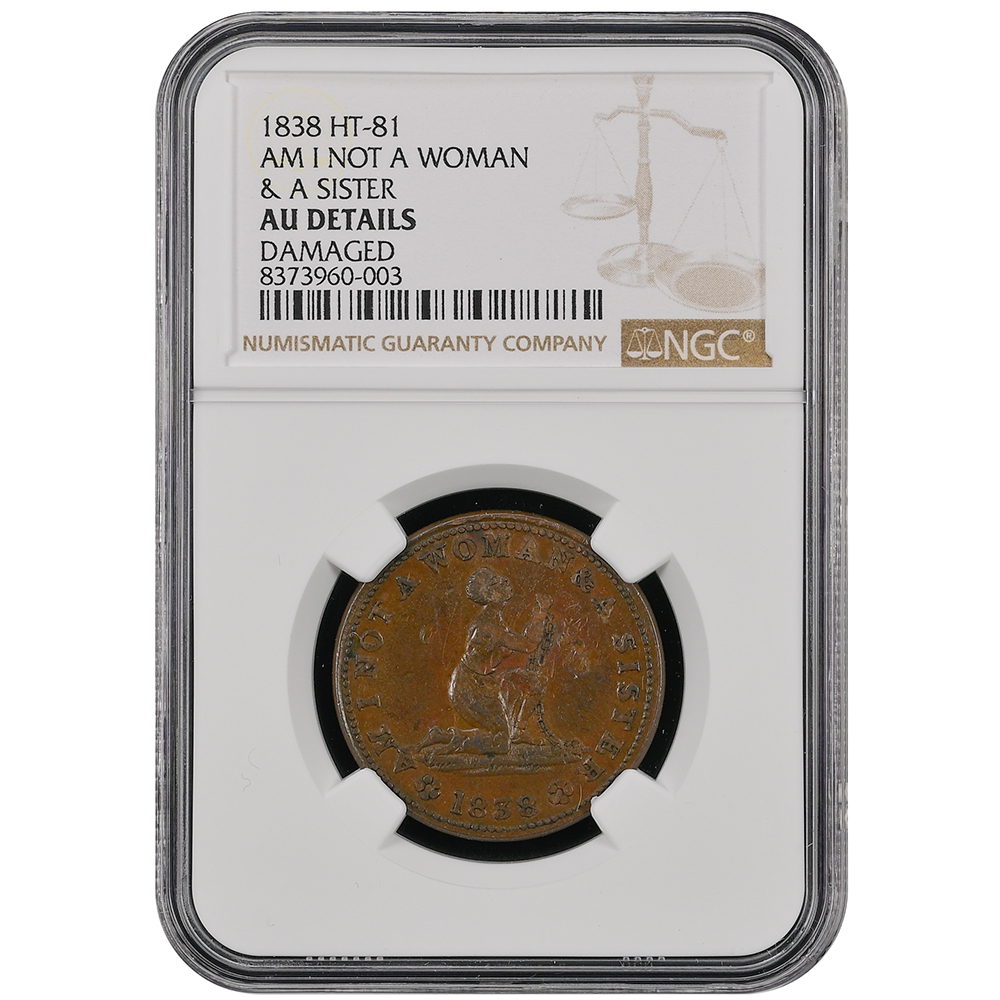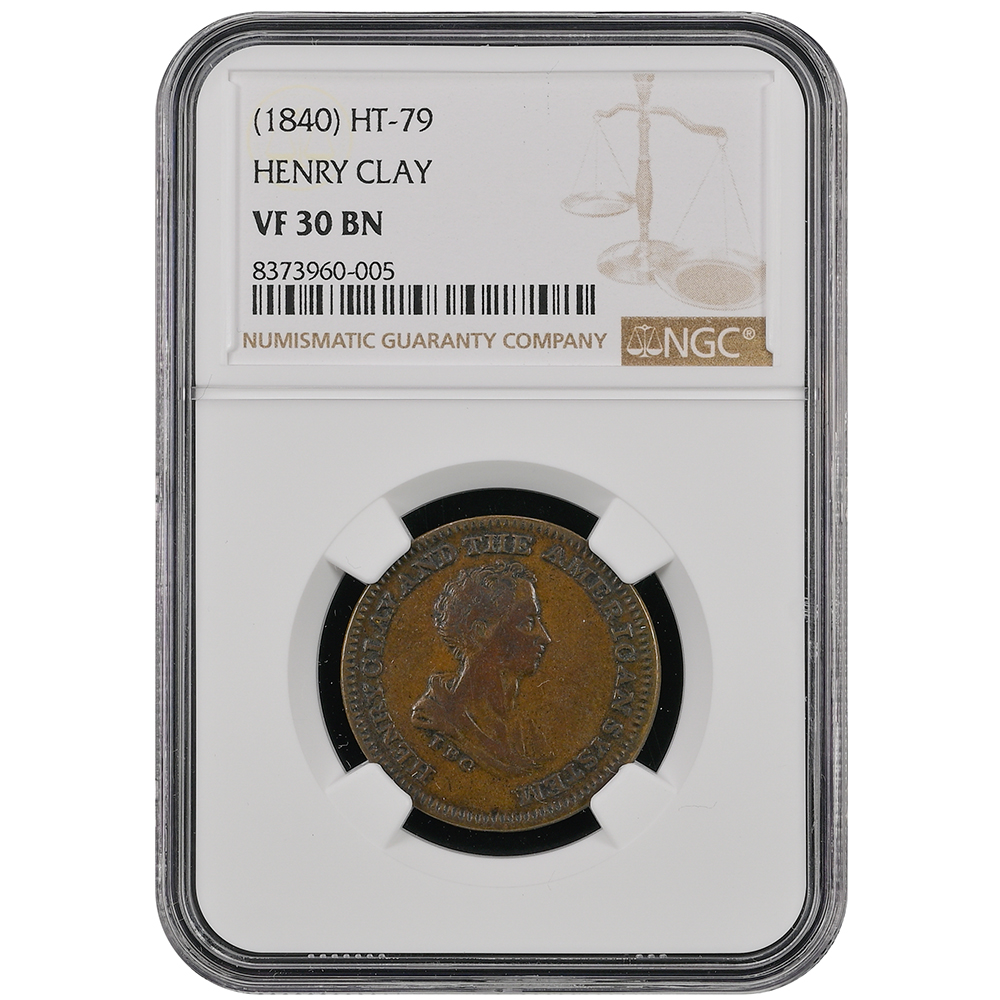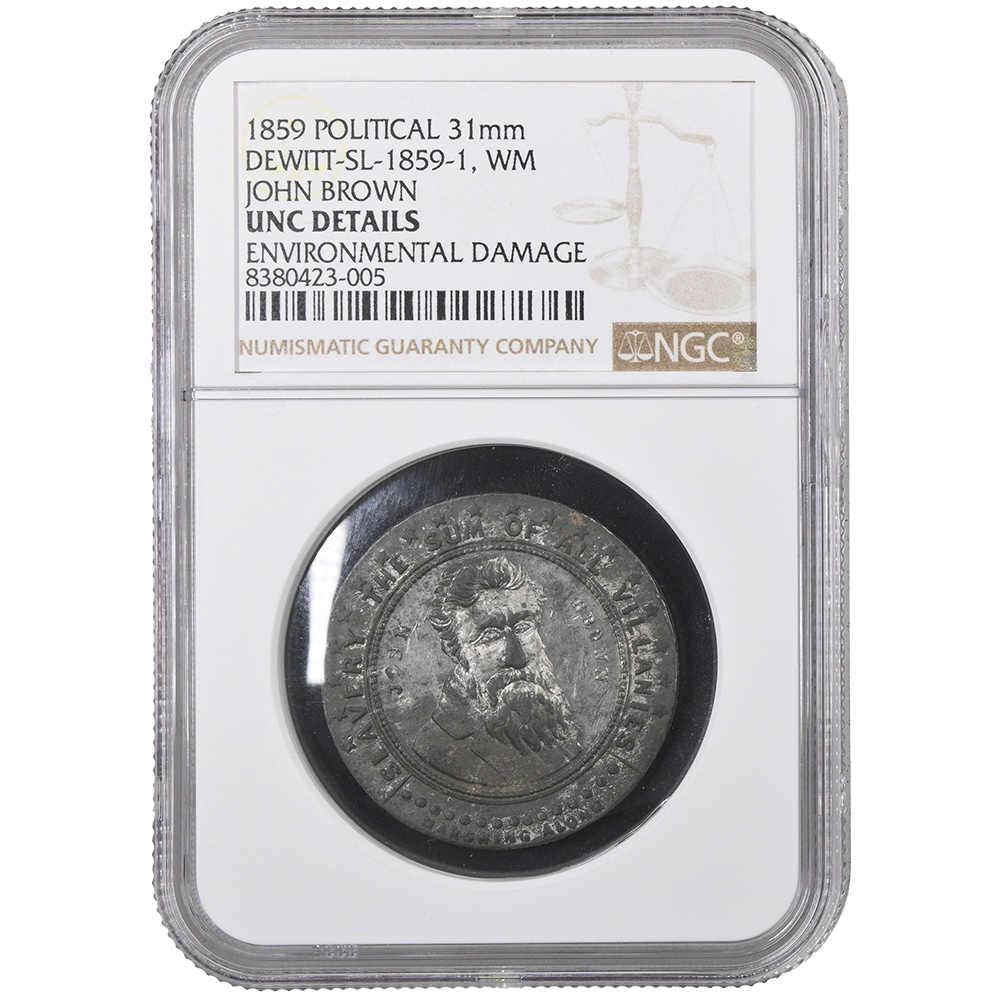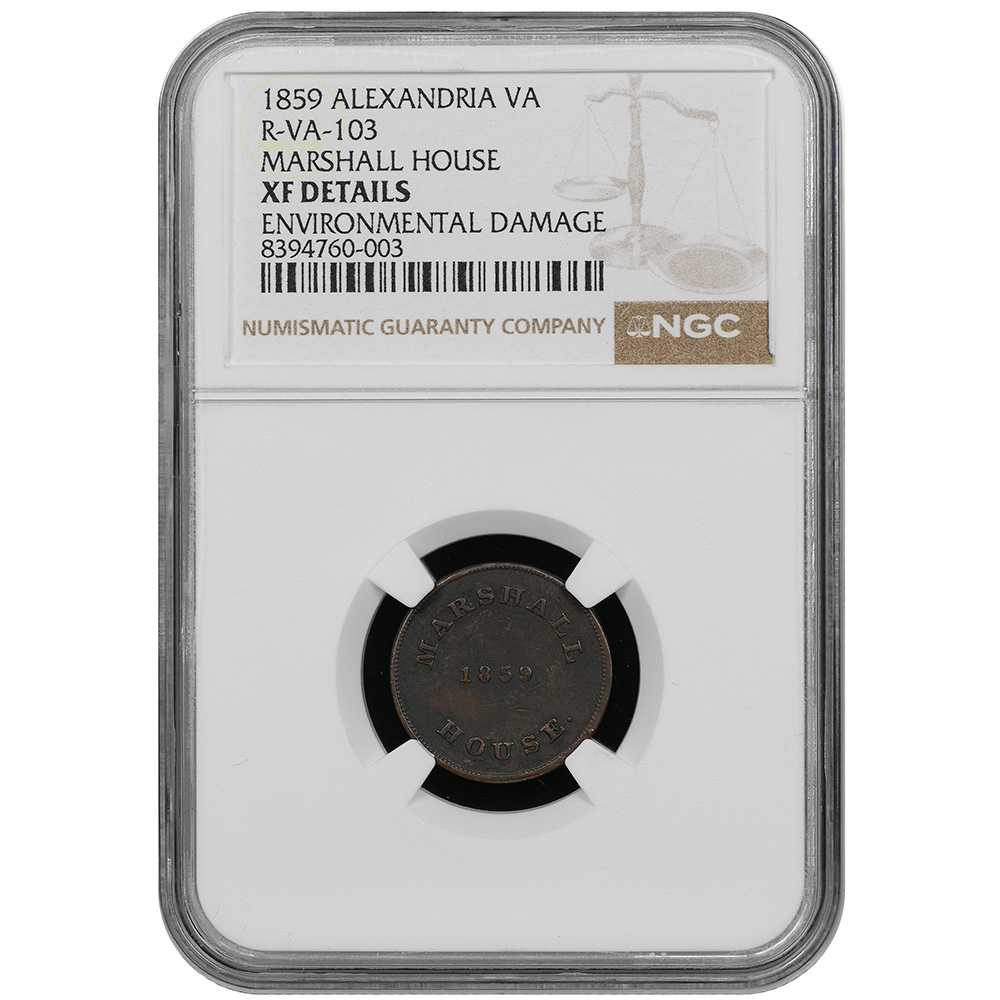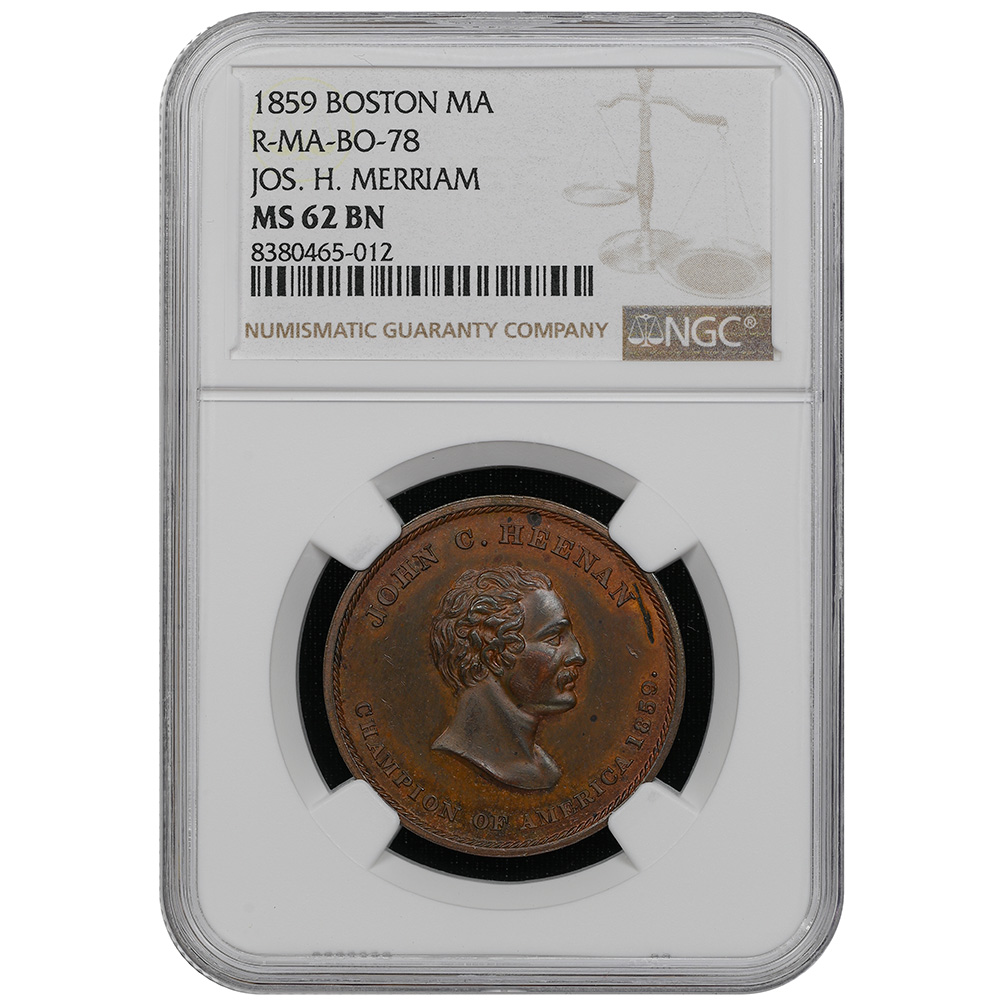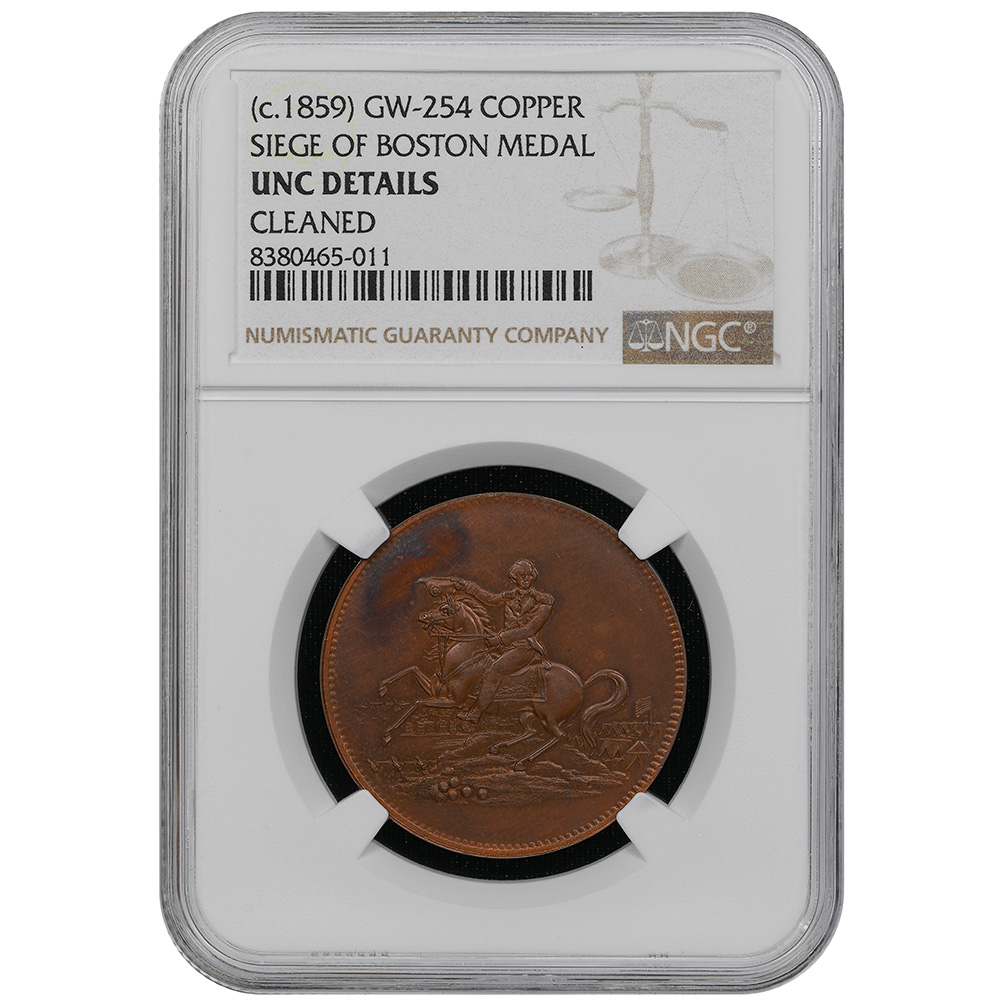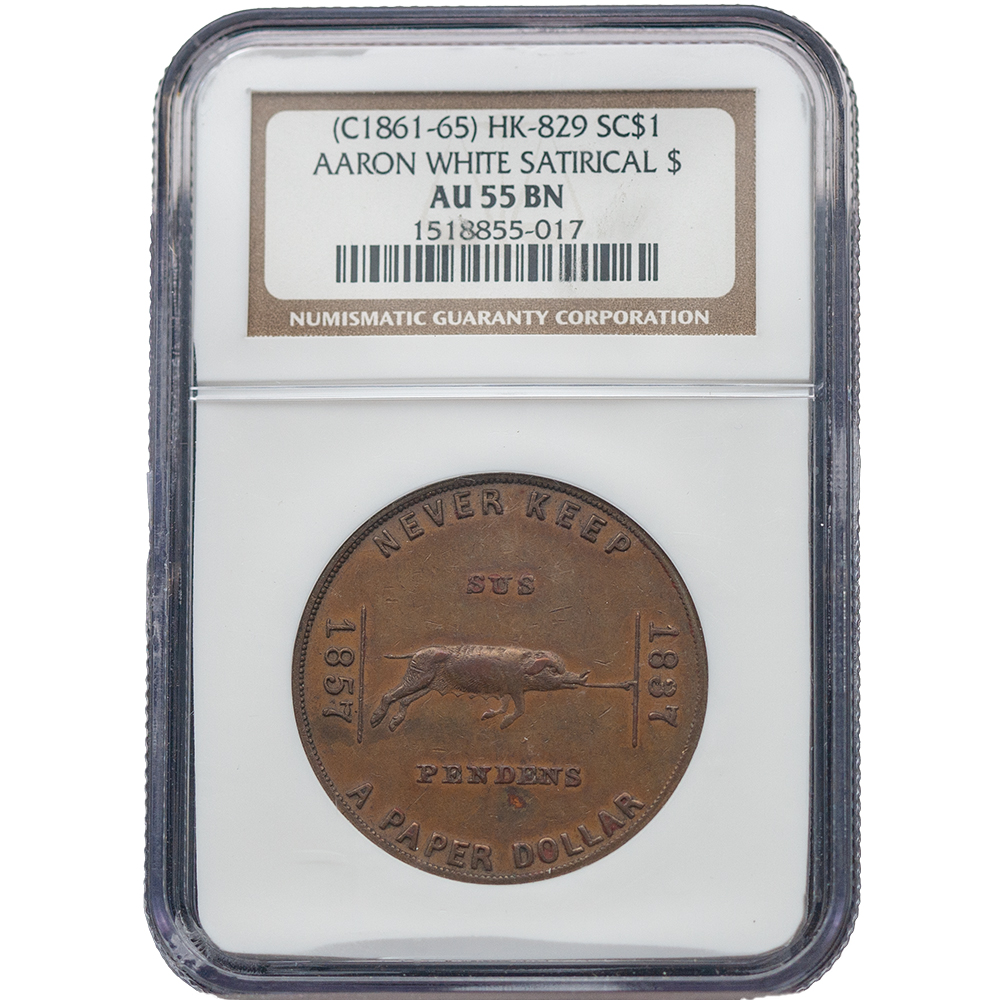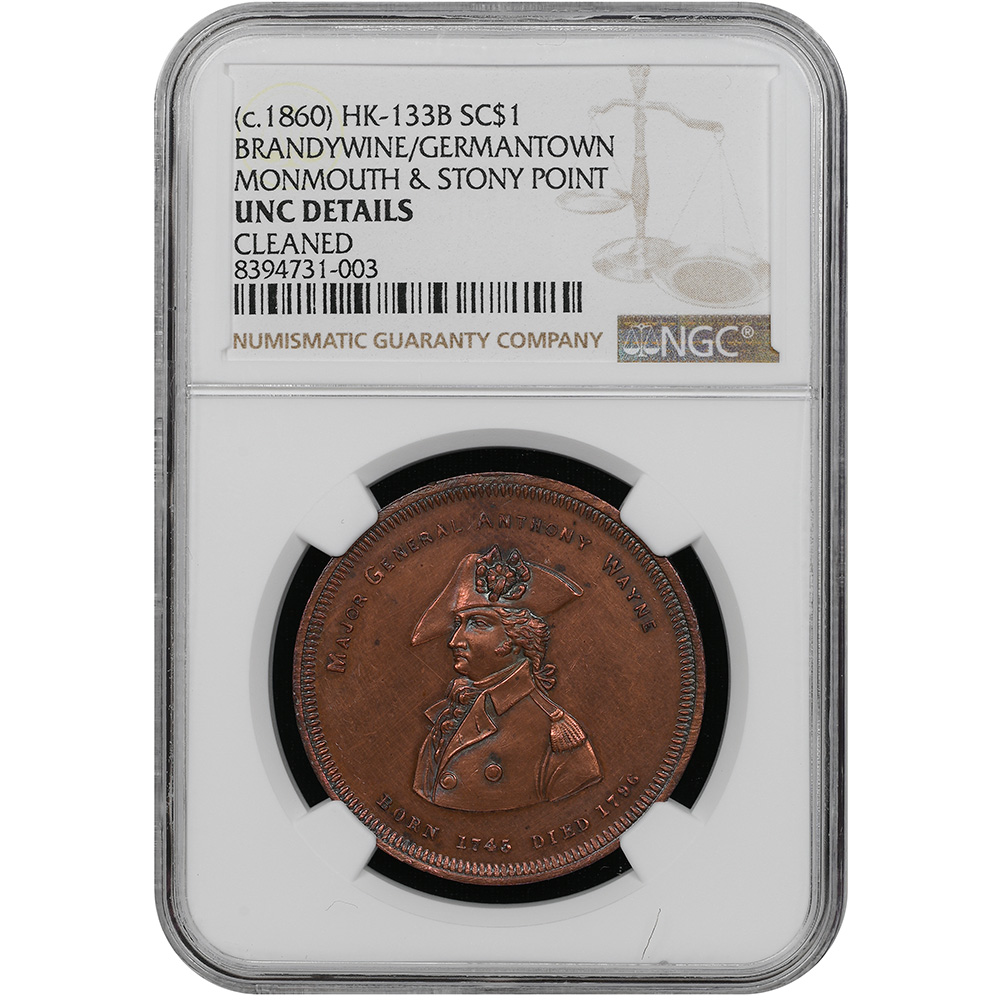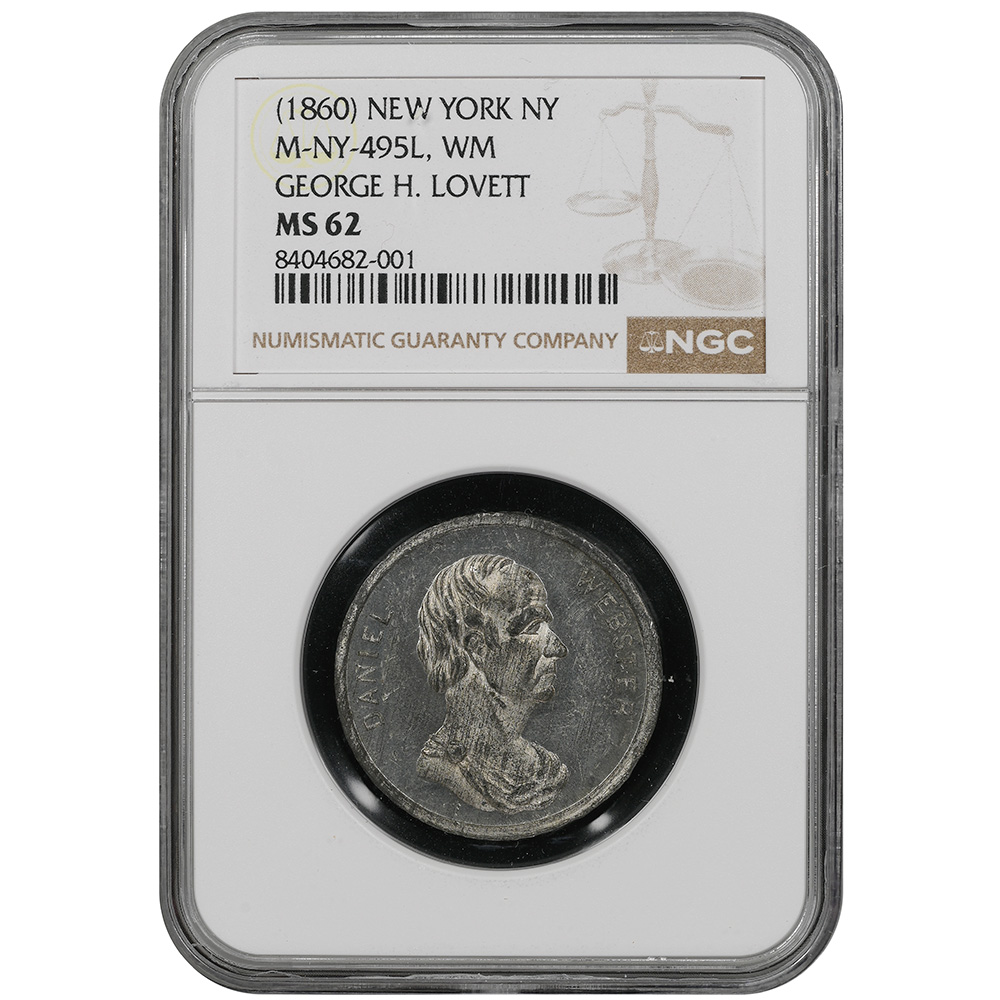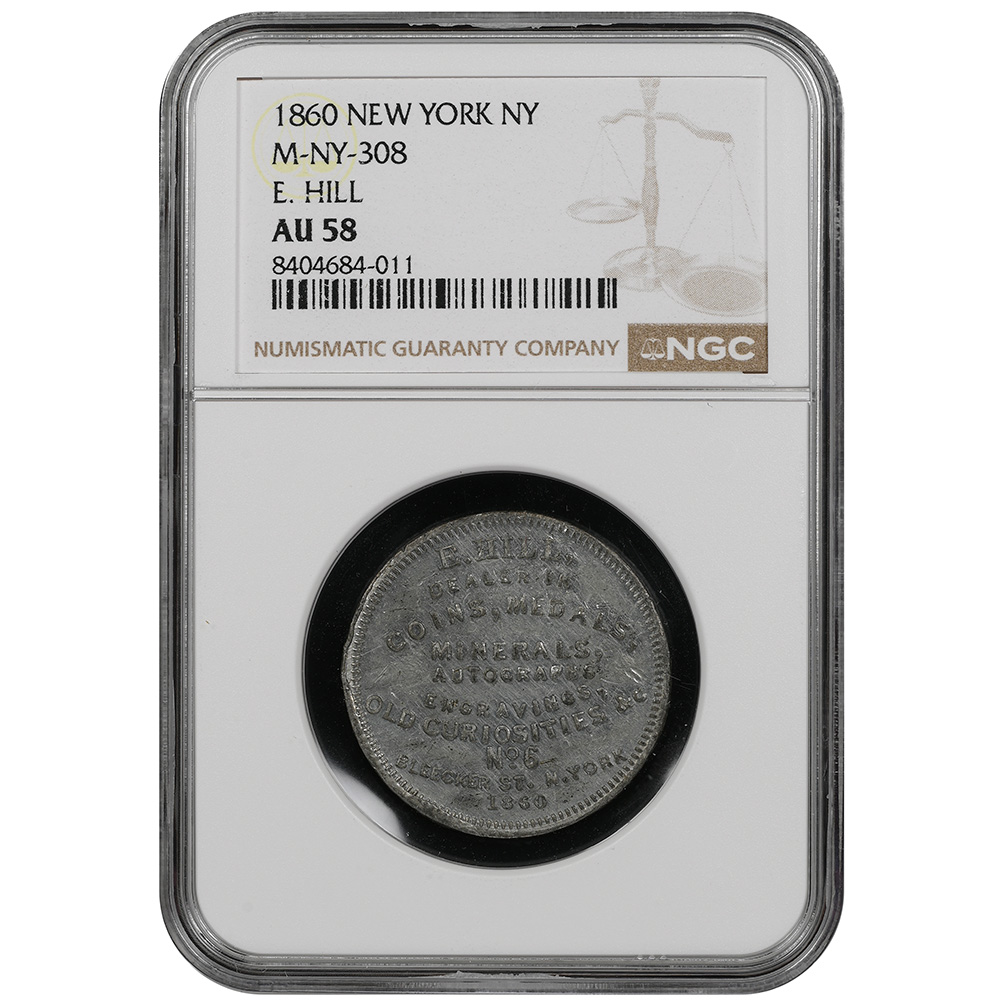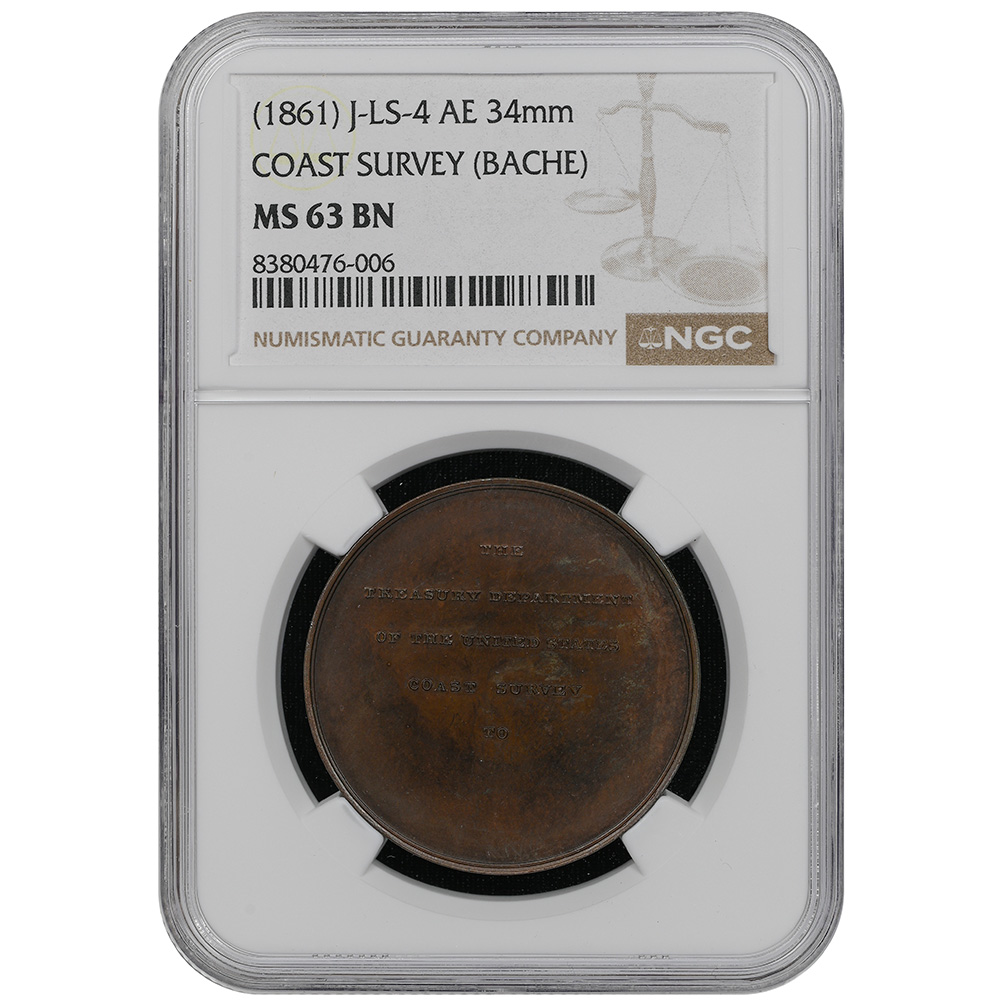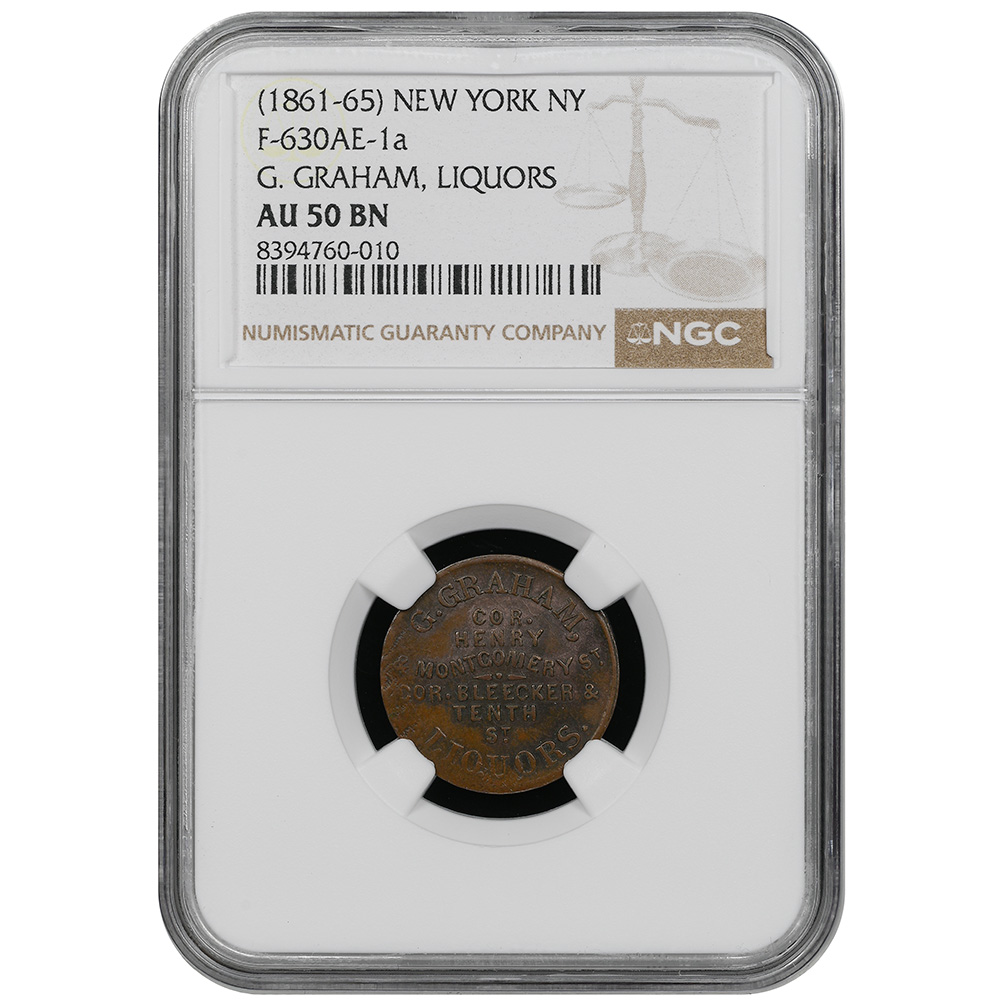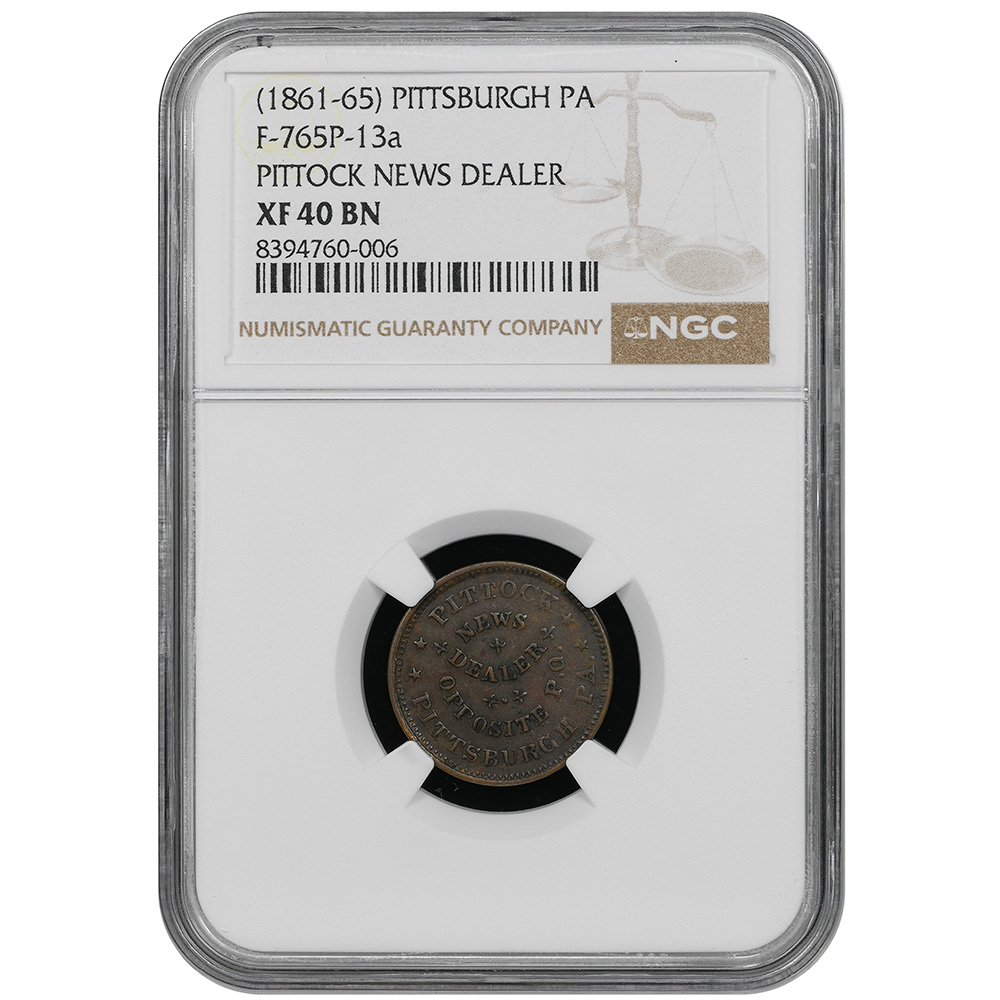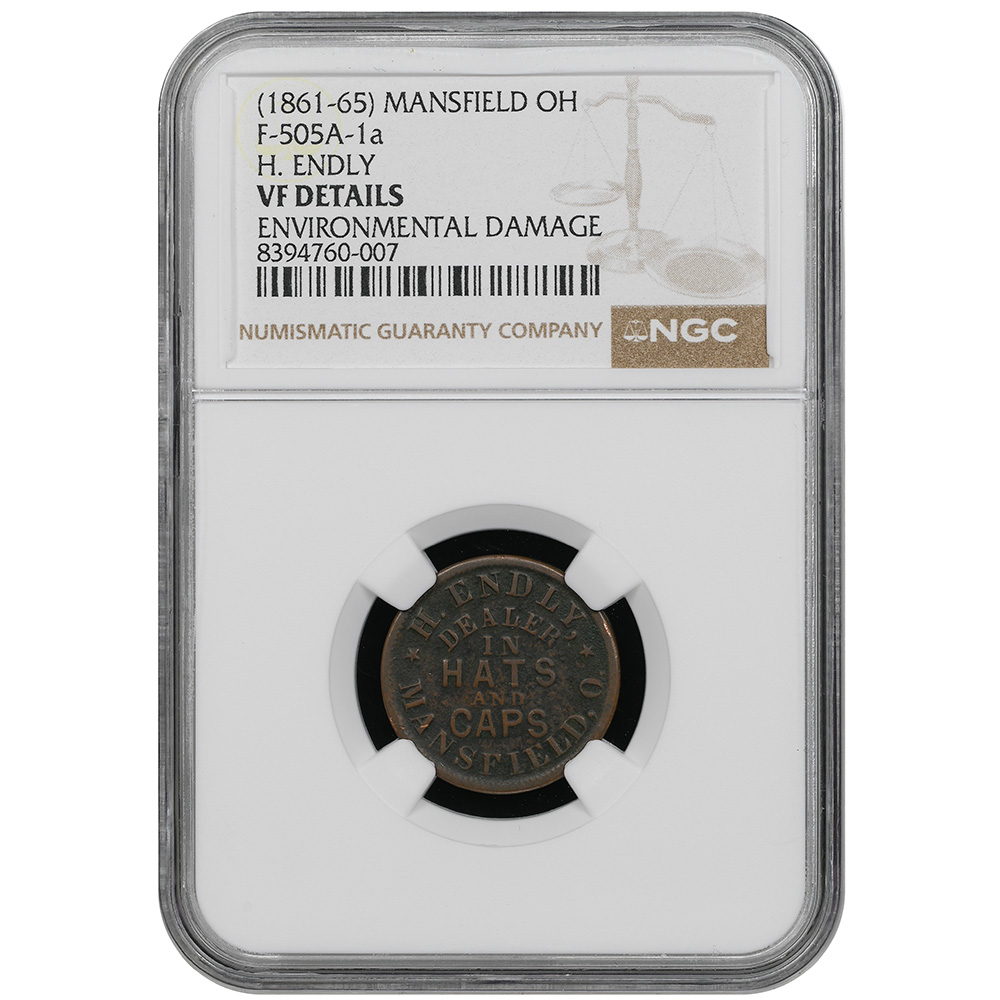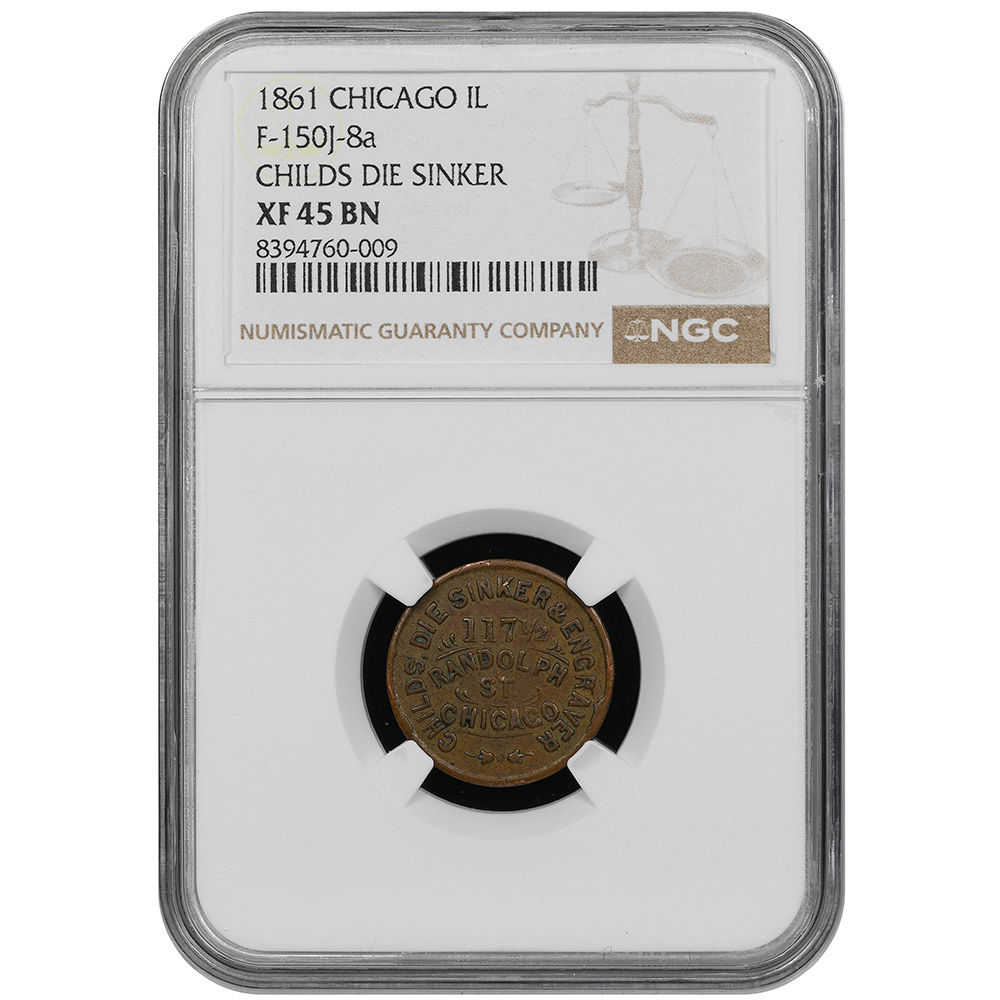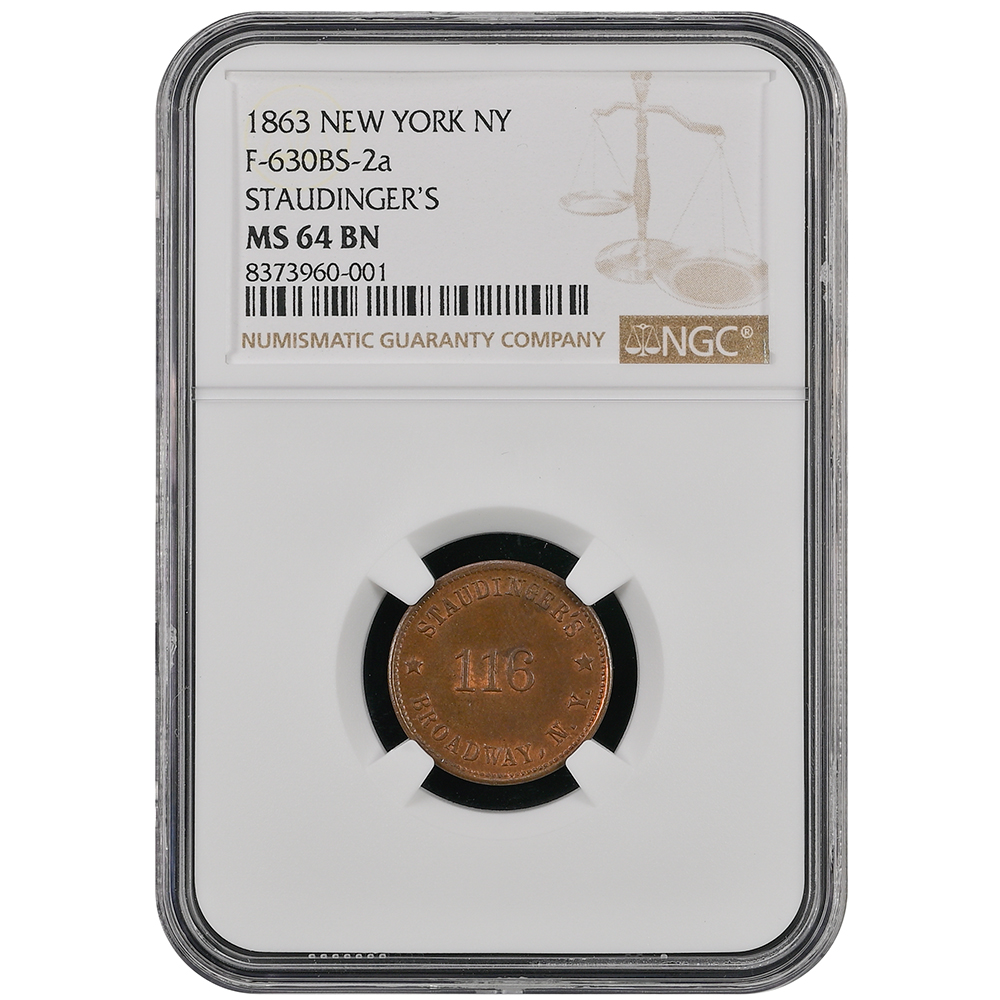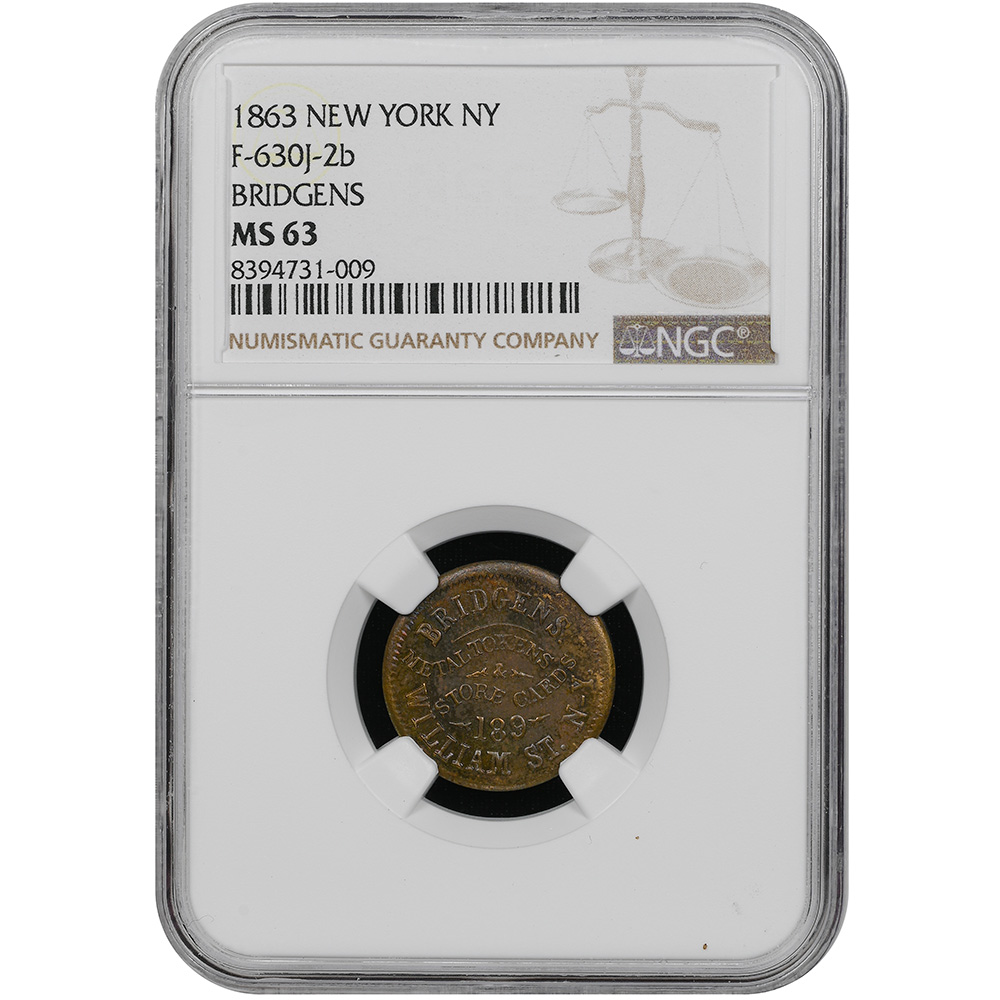Token vs Medal
| Feature | Token | Medal |
|---|---|---|
| Purpose | Used as a substitute for money or service | Issued to commemorate a person, place, or event |
| Usage | Functional – redeemable or utilitarian | Commemorative or decorative only |
| Monetary Value | May have assigned or implied value | No face value or monetary use |
| Issuer | Typically private businesses, governments | Governments, private mints, organizations |
| Examples | Store cards, transit tokens, gaming tokens | Centennial medals, military awards, exposition pieces |
| Design Intent | Practical use; may reference value or redemption | Honorific or symbolic; artistic or narrative focus |
| Legal Tender? | ❌ (not official coins, but often spendable) | ❌ (never meant for circulation or spending) |
Examples of Tokens:
-
Civil War store cards: Redeemable at specific merchants
-
Subway/transport tokens
-
Amusement/gaming tokens
-
Hard Times Tokens: Political or merchant-issued “coins” during coin shortages
Examples of Medals:
-
So-Called Dollars (e.g., HK-58 Liberty Seated)
-
Award medals (military, academic, sports)
-
Historical commemoratives (e.g., “Remember Pearl Harbor” medals)
-
Exposition medals (e.g., 1876 U.S. Centennial)
Rule of Thumb:
If it was used like money, it’s probably a token.
If it was made to commemorate, honor, or remember, it’s a medal


